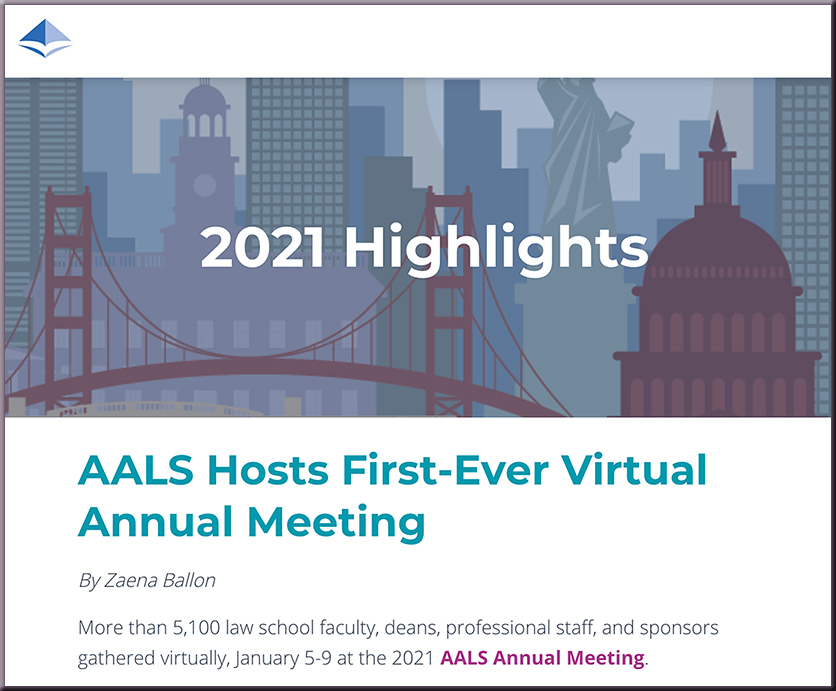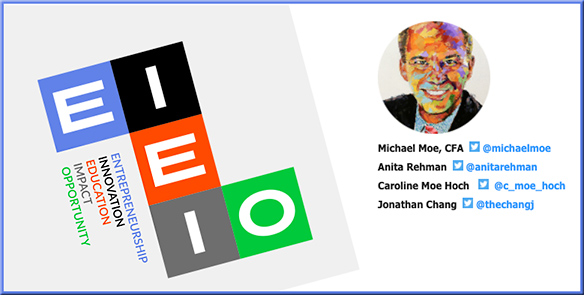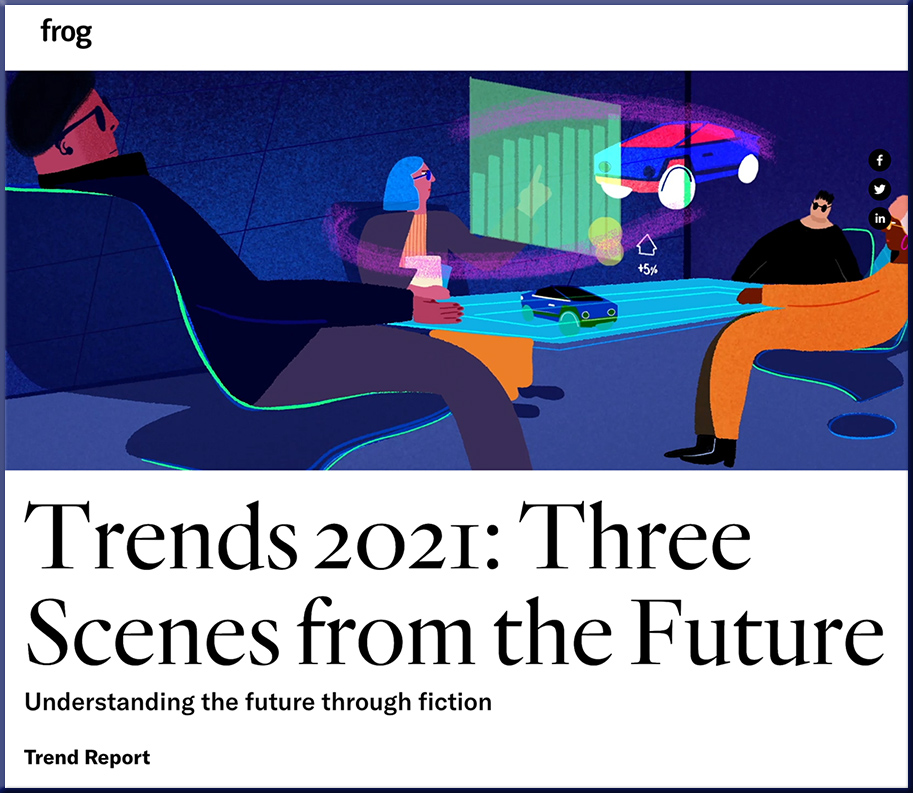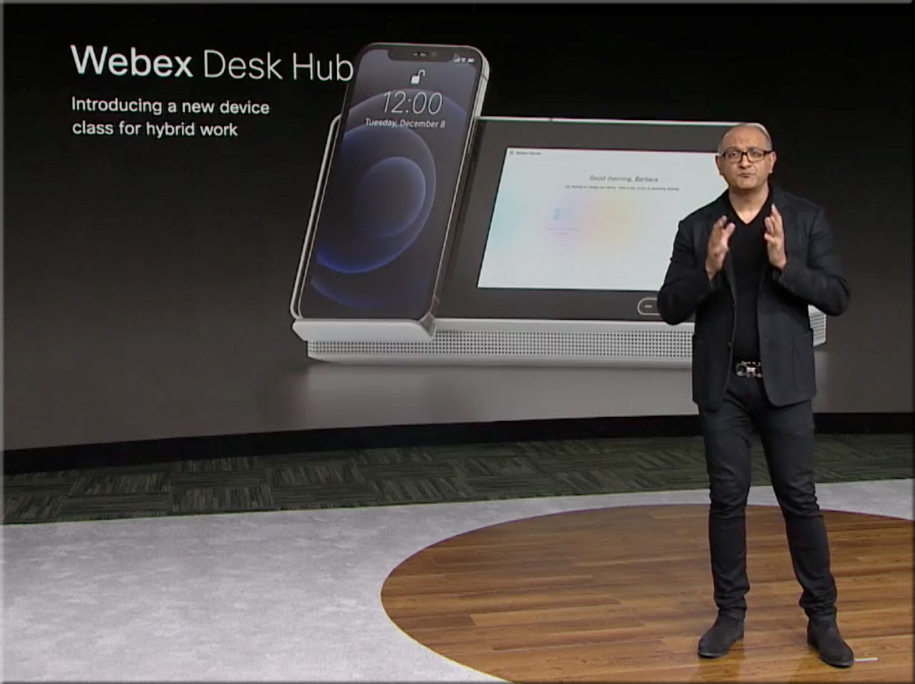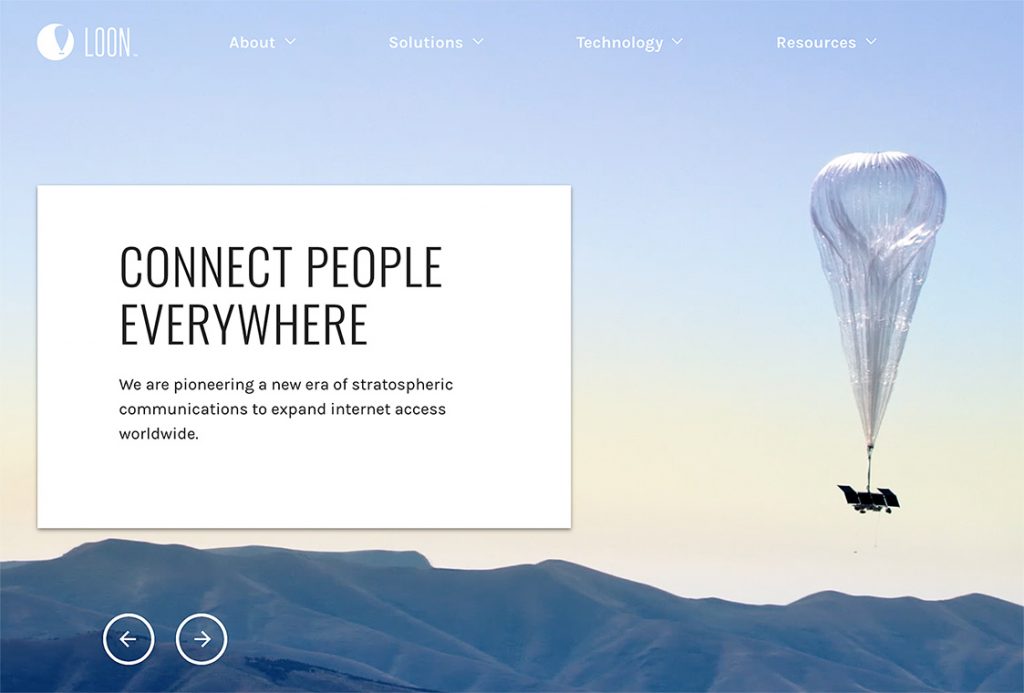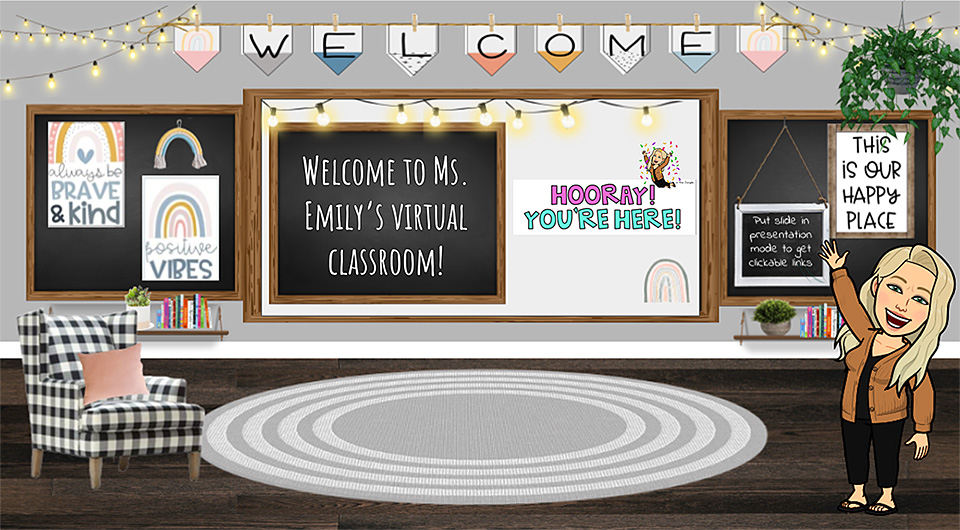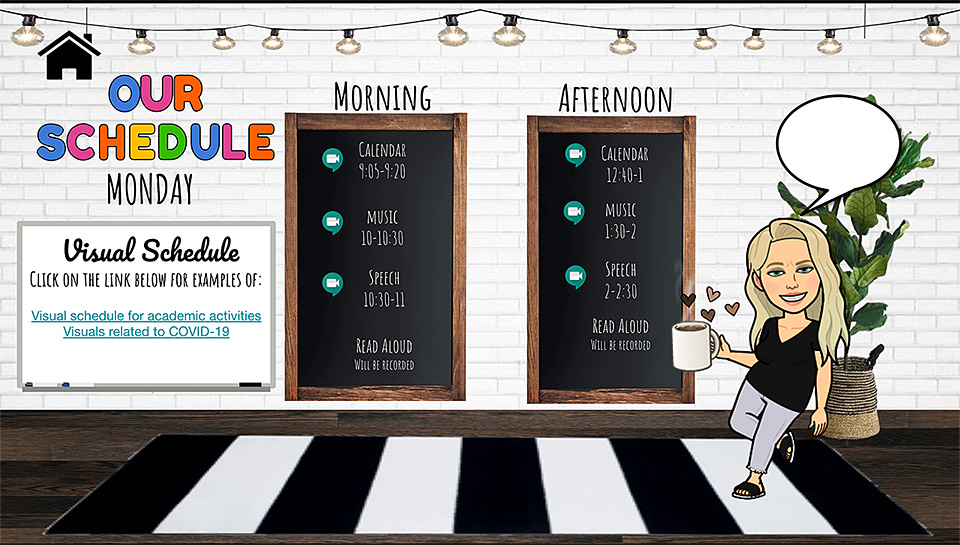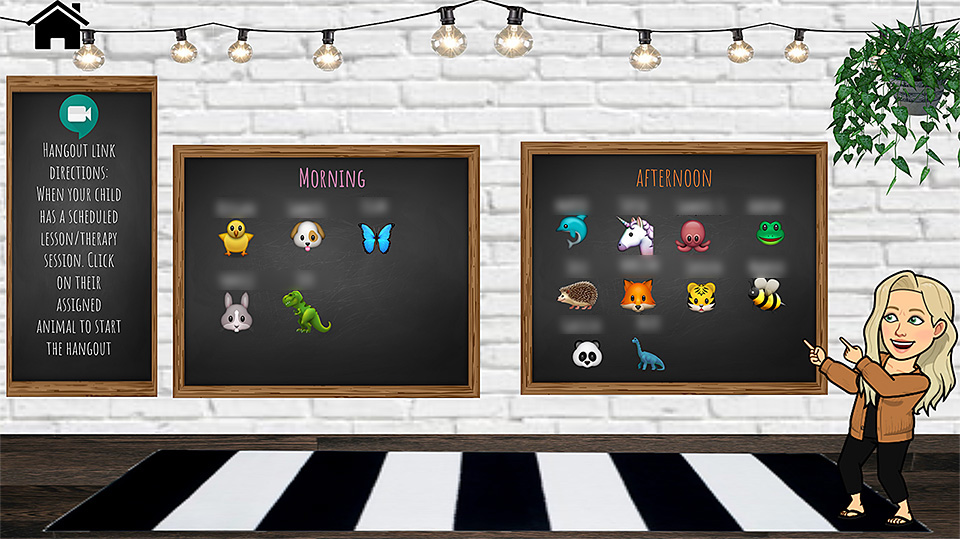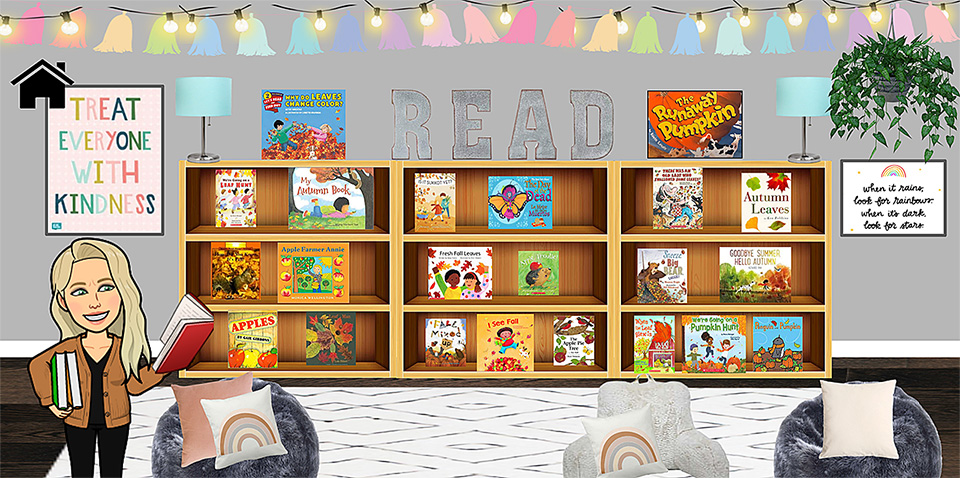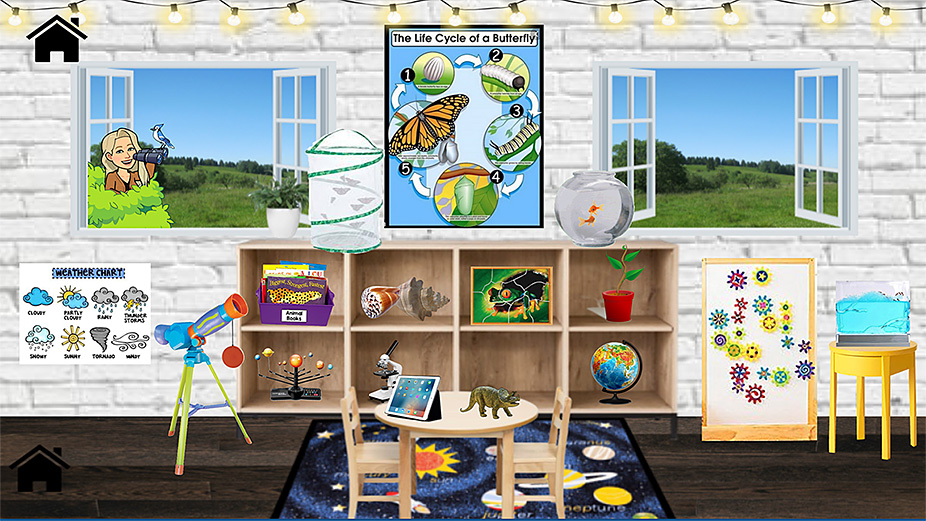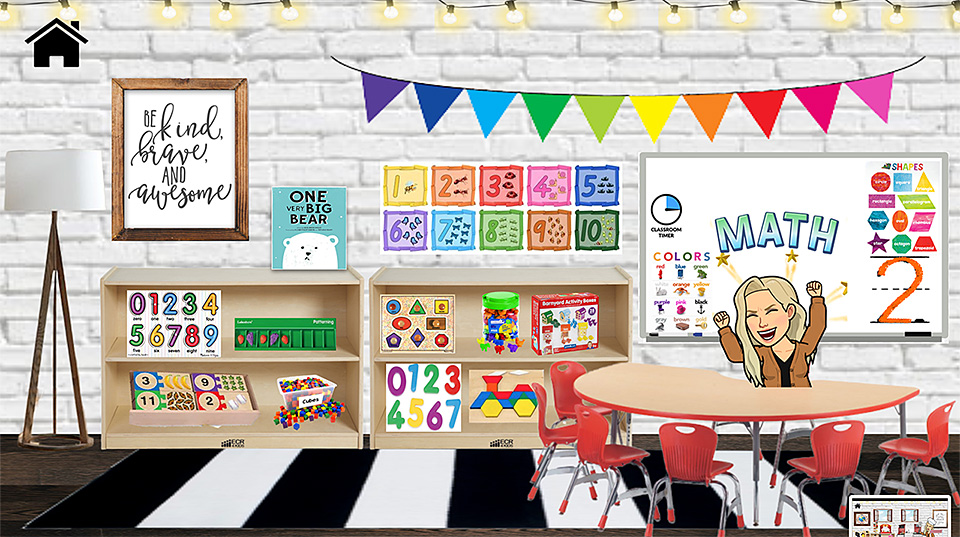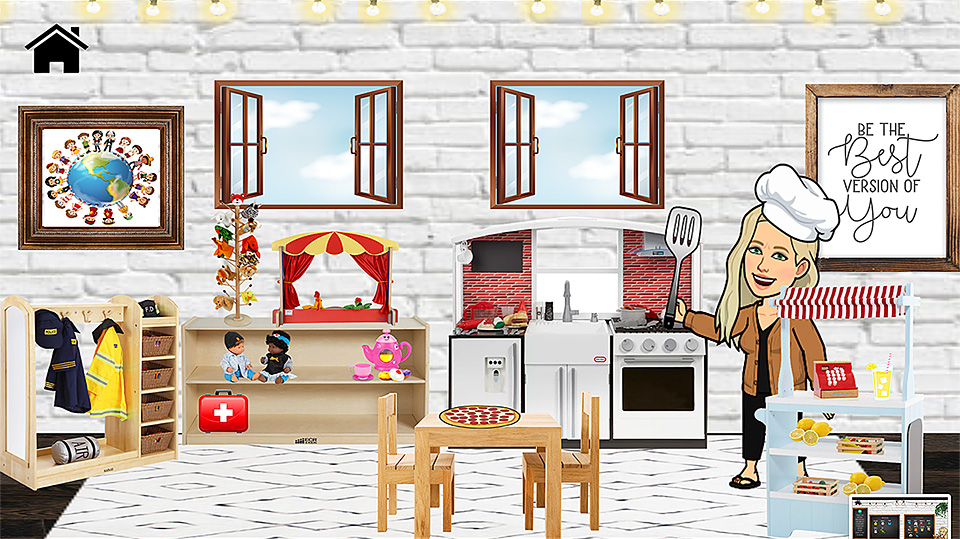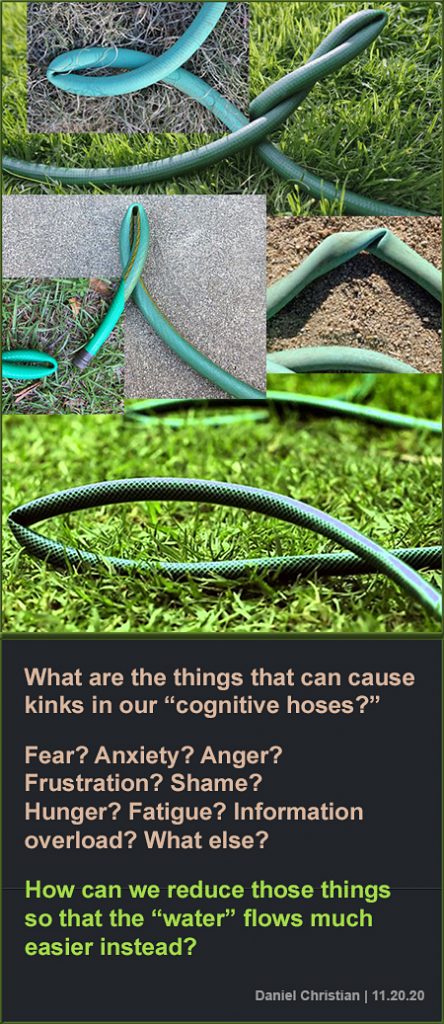AALS Hosts First-Ever Virtual Annual Meeting — from am.aals.org
Excerpt:
More than 5,100 law school faculty, deans, professional staff, and sponsors gathered virtually, January 5-9 at the 2021 AALS Annual Meeting.
Over five days, the meeting included moderated panels, interactive discussions, and networking events. The programs closely reflected the most pressing issues of the day, including sessions related to the pandemic’s impact on civil rights, disability law, the economy, executive powers, eviction, voting, and workers’ rights, among other topics. There were also several sessions on how the pandemic has affected law schools, especially as it relates to online and hybrid teaching.
The theme of the meeting was “The Power of Words,” selected by 2020 AALS President Darby Dickerson, Dean and Professor of Law at UIC John Marshall Law School.
“Words matter and how we use words matter,” Dickerson said during a welcome video introducing the meeting. “Words are powerful tools. They can inspire social movements, evoke emotions, and create allegiances. They can help and they can heal, but like many tools, words can also be wielded as weapons to hurt and hinder and to mislead and manipulate.”









